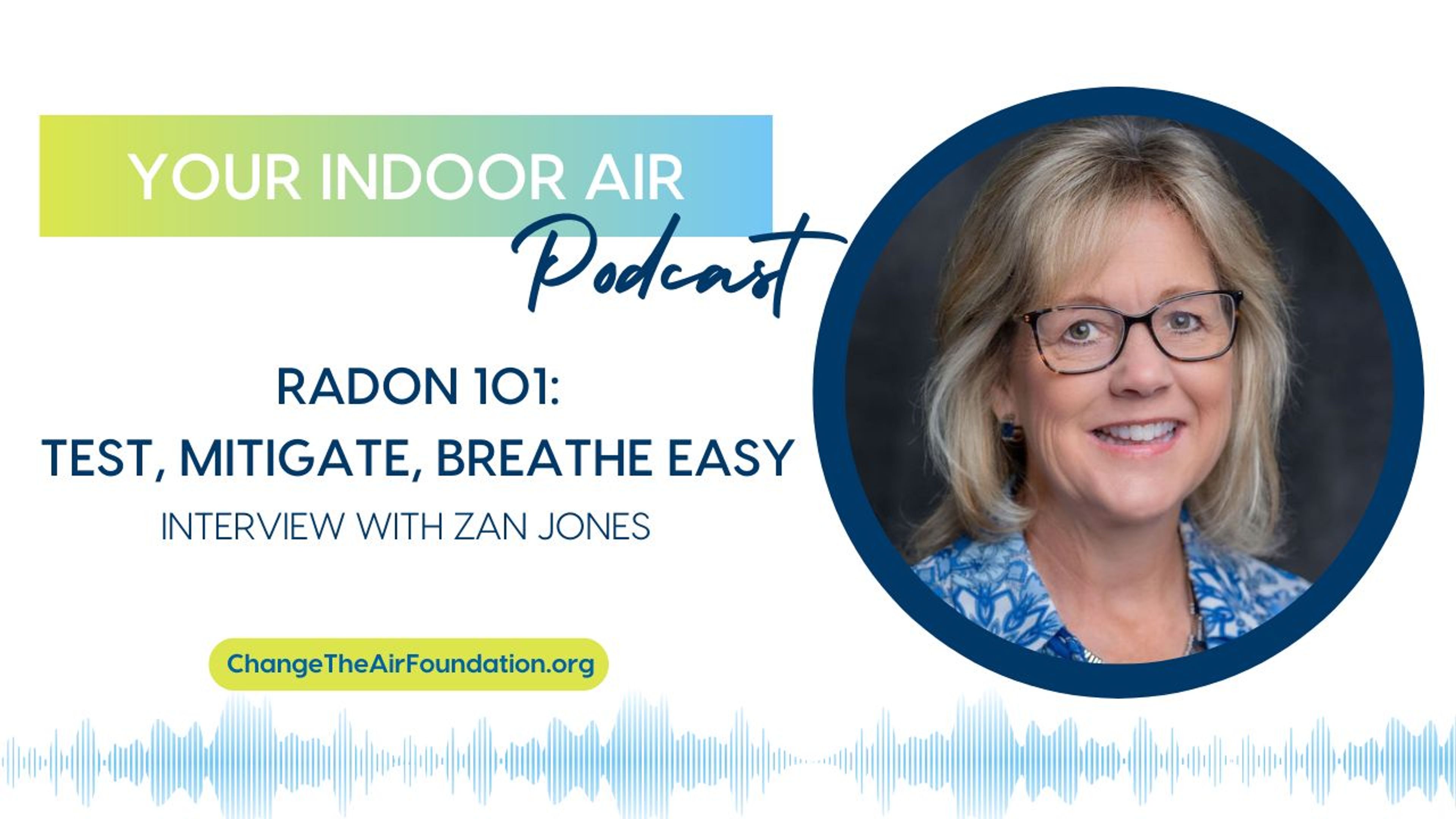

How Risky Are Temporarily High Radon Levels?
Radon levels in a house or building can vary considerably over a 24-hour period. In fact, levels can be different depending on the day you take the measurement. The risk of developing lung cancer increases when you are exposed to radon in your home over a 10 to 20 year period or when you are exposed to extraordinarily high levels for a period of time. Any exposure to radon can be risky. However, temporary exposure is not as risky as long-term exposure.
If a measured annual average value is above the actionable limit, it is important to implement radon-reducing procedures such as installing a radon mitigation system. An annual average value is obtained by measuring radon levels over a long-term period via an accredited laboratory.
Why do temporarily high radon levels vary during a day?
The fact that radon levels change during a day is based on several factors.
- How we live. Air remains stagnant when windows and outside doors remain closed which can lead to elevated radon levels. This is in contrast to when windows and outside doors are open which creates more circulation and renews the air.
- Ventilation. Ventilation from an HVAC system also affects radon levels. It may not be so important in a house, but time-controlled ventilation in a workplace can have a massive impact.
- Weather. Changing temperatures and wind can affect the pressure difference between indoor air and ground air. This is important because radon traditionally leaks into the house from ground air. If temperature differences and wind cause negative pressure in the house, indoor radon levels are likely to increase.
- Property location. Elevated properties may be susceptible to greater variations in radon levels during the winter. This is due to the thermal stack effect, or chimney effect.
Long-term radon detector
The Radtrak³ long-term radon detector measures radon levels in homes for 90 to 365 days. This extremely accurate long-term test will take into account all of the daily fluctuations in radon levels and provide a true average concentration, minimizing the potential for a false high, or worse yet, a false low reported result.
Click here to stay informed about radon industry news and product discounts.
Published
September 12, 2023




